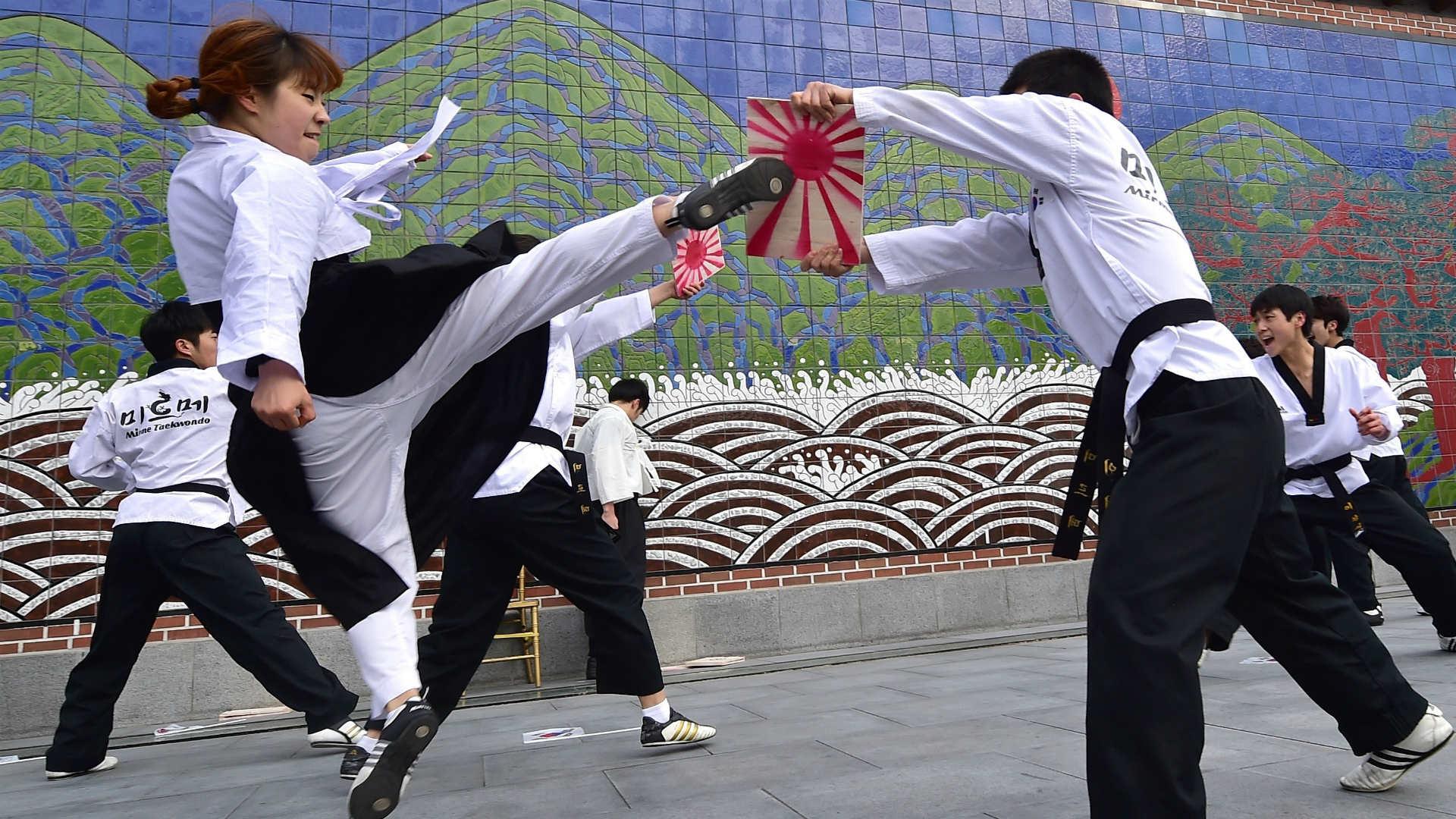Earning a black belt in the martial arts is a coveted achievement that symbolizes years of dedicated training, unwavering discipline, and a profound mastery of one’s chosen discipline. For many aspiring practitioners, the journey to this prestigious rank is shrouded in mystery, leaving them wondering, “How long does it take to get a black belt?”
The answer to this question is not a simple one, as the timeline to acquiring a black belt can vary significantly depending on a multitude of factors. From the specific martial art being practiced to the individual’s dedication and natural aptitude, the path to this milestone can be as unique as the person embarking on it.
In this comprehensive guide, we’ll explore the intricacies of the black belt journey, delving into the typical timelines, the key milestones along the way, and the factors that can influence the duration of this transformative process. Whether you’re a beginner seeking to understand the road ahead or an experienced practitioner curious about the experiences of others, this article will provide you with a deeper understanding of the commitment and perseverance required to earn the coveted black belt.
Understanding the Black Belt Journey
The path to a black belt is not a linear one, but rather a multifaceted and highly individualized process that encompasses a range of physical, mental, and spiritual components.
The Significance of the Black Belt
The black belt is widely recognized as the pinnacle of achievement in the martial arts, representing a level of mastery that transcends mere physical prowess.
The Symbolic Representation
The black belt symbolizes years of dedicated training, the mastery of essential techniques, and the development of a deep understanding of one’s chosen martial art.
The Respect and Prestige
Earning a black belt commands respect and admiration within the martial arts community, as it is a testament to the individual’s commitment and perseverance.
The Factors That Influence the Timeline
The time it takes to earn a black belt can vary significantly, as it is influenced by a multitude of factors that are unique to each individual.
Individual Aptitude and Dedication
The individual’s natural aptitude for the martial arts, as well as their level of dedication and consistent practice, can significantly impact the timeline to a black belt.
Frequency of Training
The frequency and duration of an individual’s training sessions can also play a crucial role in determining the pace of their black belt journey.
Specific Martial Art and School Policies
Different martial arts and individual schools may have varying requirements and policies regarding the time it takes to progress through the belt ranks.
The Typical Black Belt Timeline
While the journey to a black belt is highly personalized, there are some general timelines and milestones that are commonly observed across various martial arts disciplines.
The Beginner’s Journey
The initial stages of the black belt journey often involve foundational training and the acquisition of basic techniques and principles.
The White Belt to Yellow Belt Progression
The transition from a white belt to a yellow belt typically takes several months of regular practice and the mastery of essential techniques.
The Yellow Belt to Orange/Green Belt Transition
As the practitioner continues to progress, the move from a yellow belt to an orange or green belt can take an additional six months to a year.
The Intermediate Stages
As the practitioner advances, the intermediate stages of the black belt journey often involve more complex techniques, forms, and a deeper understanding of the martial art.
The Orange/Green Belt to Blue Belt Advancement
The transition from an orange or green belt to a blue belt can take an additional year or more, depending on the individual’s progress.
The Blue Belt to Purple Belt Progression
The journey from a blue belt to a purple belt can span another one to two years, as the practitioner delves deeper into the art.
The Advanced Levels
The final stages of the black belts journey are often the most challenging and time-consuming, as the practitioner approaches the pinnacle of their martial arts education.
The Purple Belt to Brown Belt Transition
The promotion from a purple belt to a brown belt can take an additional two to three years of dedicated training and mastery.
The Brown Belt to Black Belt Culmination
The final step in the black belts journey, the transition from a brown belt to a black belt, is often the most arduous, requiring several more years of intense training and comprehensive testing.
Factors That Influence the Black Belt Timeline
While the typical timelines provide a general framework, the actual duration of the black belts journey can be influenced by a variety of factors, both within and beyond the practitioner’s control.
Individual Factors
The individual’s personal attributes and circumstances can have a significant impact on the pace of their black belts progression.
Physical and Mental Aptitude
A practitioner’s natural physical abilities, coordination, and mental focus can contribute to their rate of skill development and advancement.
Consistency and Dedication
The level of consistency and dedication in their training regimen can greatly influence the trajectory of their black belts journey.
Instructional and Institutional Factors
The specific martial arts school, instructor, and institutional policies can also play a crucial role in shaping the black belts timeline.
Instructional Approach and Curriculum
The teaching methods, curriculum, and overall approach of the martial arts school can impact the pace and focus of the practitioner’s training.
Testing and Promotion Criteria
The specific requirements and testing procedures for belt promotions can vary across different martial arts schools and organizations.
External Factors
Factors outside of the practitioner’s control, such as life circumstances and commitments, can also influence the pacing of their black belts journey.
Life Events and Responsibilities
Major life events, such as work, family, or personal commitments, can sometimes create interruptions or adjustments in the training schedule.
Access to Training Opportunities
The availability and accessibility of the martial arts school, as well as the practitioner’s ability to attend classes regularly, can impact the progression timeline.
Embracing the Journey: Mindset and Strategies for Success
While the path to a black belt can be arduous and filled with challenges, embracing the right mindset and strategies can greatly enhance the practitioner’s chances of success.
Cultivating Patience and Persistence
The journey to a black belt requires a deep understanding and acceptance that progress may not always be linear or immediate.
Embracing the Process
Recognizing and appreciating the value of the journey, rather than solely focusing on the end goal, can help practitioners maintain motivation and resilience.
Celebrating Milestones and Progress
Acknowledging and celebrating the smaller achievements along the way can help sustain the practitioner’s enthusiasm and dedication.
Developing a Growth Mindset
Adopting a growth mindset, which embraces challenges and views them as opportunities for learning and improvement, can be instrumental in the black belts journey.
Embracing Feedback and Guidance
Actively seeking feedback from instructors and being receptive to constructive criticism can help practitioners identify areas for growth and development.
Continuous Learning and Adaptation
Maintaining a curious and adaptable mindset, willing to learn and evolve, can enable practitioners to navigate the complexities of the black belt journey.
Fostering a Supportive Community
Surrounding oneself with a community of like-minded practitioners can provide invaluable support, motivation, and inspiration throughout the black belt journey.
Peer Accountability and Camaraderie
Engaging with fellow practitioners, whether through training, discussions, or shared experiences, can help maintain momentum and a sense of purpose.
Mentorship and Guidance
Seeking out the guidance and wisdom of experienced black belts holders can offer invaluable insights and perspectives to help navigate the challenges along the way.
Conclusion: Embracing the Transformative Power of the Black Belt Journey
The journey to a black belt is a transformative and deeply rewarding experience that transcends the mere acquisition of physical skills. It is a testament to the power of dedication, perseverance, and the relentless pursuit of personal growth.


